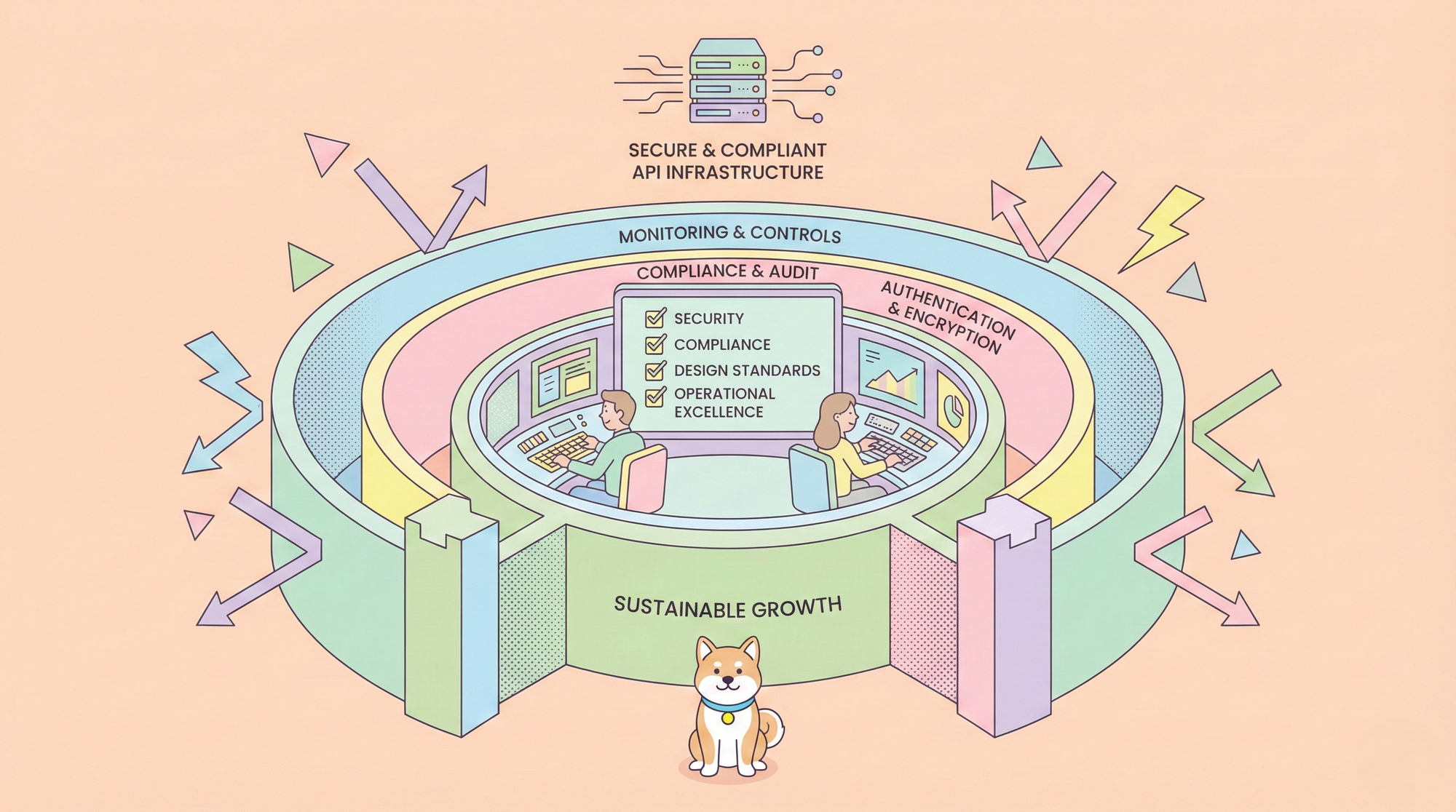Single Sign-On (SSO) has become a critical feature in modern web applications, providing users with a seamless authentication experience across multiple services. When implementing SSO, choosing the right protocol is essential to ensure security, scalability, and ease of use. Three prominent protocols used for SSO are OAuth2, OIDC (OpenID Connect), and SAML (Security Assertion Markup Language). In this blog, we will explore these protocols, their differences, and when to use each for implementing SSO.
What is SSO?
Single Sign-On (SSO) is an authentication process that allows a user to access multiple applications or services with one set of login credentials. This not only enhances user experience by reducing the need to remember multiple passwords but also improves security by centralizing authentication.
Overview of OIDC, OAuth2 and SAML
1. OpenID Connect (OIDC)
OIDC (OpenID Connect) is an identity layer built on top of OAuth2. It provides a standardized way to authenticate users and obtain their identity information, making it a popular choice for SSO.
Key Features:
- Authentication Protocol: Extends OAuth2 to include user authentication.
- ID Tokens: Issues ID tokens containing user identity information.
- UserInfo Endpoint: Allows retrieval of additional user information.
Workflow:
- The user authenticates with the authorization server.
- The authorization server issues an ID token and an access token.
- The client verifies the ID token to authenticate the user.
- The client may use the access token to request additional user information from the UserInfo endpoint.
2. OAuth2
OAuth2 (Open Authorization) is a widely used authorization framework that allows third-party applications to access a user's resources without exposing their credentials. While OAuth2 is primarily used for authorization, it can be leveraged for SSO in conjunction with other protocols.
Key Features:
- Authorization Framework: Designed to grant access to resources.
- Tokens: Uses access tokens to grant permissions.
- Flows: Supports various authorization flows (e.g., authorization code, implicit, client credentials).
Workflow:
- The user authenticates with the authorization server.
- The client application receives an authorization code.
- The client exchanges the authorization code for an access token.
- The client uses the access token to access resources on behalf of the user.
3. SAML
SAML (Security Assertion Markup Language) is an XML-based protocol used for both authentication and authorization. It is commonly used in enterprise environments for SSO and federated identity management.
Key Features:
- XML-Based: Uses XML for message formatting.
- Assertions: Provides assertions for authentication and authorization.
- Federation: Supports identity federation across different organizations.
Workflow:
- The user requests access to a service provider (SP).
- The SP redirects the user to the identity provider (IdP) for authentication.
- The user authenticates with the IdP.
- The IdP issues a SAML assertion to the SP.
- The SP verifies the assertion and grants access to the user.
Comparing OAuth2, OIDC, and SAML for SSO
1. Authentication vs. Authorization
- OIDC: Specifically designed for authentication and extends OAuth2. Ideal for SSO where user identity verification is needed.
- OAuth2: Primarily an authorization framework. It can be used for SSO but requires additional layers for authentication.
- SAML: Provides both authentication and authorization. Suitable for enterprise-level SSO and identity federation.
2. Token Format
- OIDC: Uses ID tokens in JWT format, which contain user identity information.
- OAuth2: Uses access tokens, often in JWT format, but the tokens are primarily for authorization.
- SAML: Uses XML-based assertions for both authentication and authorization.
3. Complexity and Use Cases
- OIDC: Adds complexity with ID tokens and user information endpoints. Best for modern web and mobile applications needing robust authentication and user identity management.
- OAuth2: Relatively simple and flexible. Best for scenarios where authorization is the primary concern, such as API access delegation.
- SAML: More complex due to XML formatting and enterprise-level features. Best for enterprise environments requiring SSO and identity federation across multiple organizations.
4. Integration and Ecosystem
- OIDC: Built on OAuth2, benefiting from its widespread adoption while adding specific identity management features.
- OAuth2: Widely adopted with extensive support across different platforms and libraries.
- SAML: Predominantly used in enterprise environments with strong support from enterprise applications and identity providers.
When to Use Each Protocol
OIDC
- When you need a robust SSO solution with user authentication and identity management.
- Ideal for modern web and mobile applications.
- Provides a seamless user experience with strong security features.
OAuth2
- When you need delegated access to user resources without exposing credentials.
- Suitable for API access and third-party integrations.
- Not ideal as a standalone SSO solution due to its lack of authentication features.
SAML
- When you need enterprise-level SSO and identity federation.
- Suitable for organizations with multiple internal applications and external partnerships.
- Best for environments where XML-based protocols are already in use.
Enhancing API Management with Apidog's SSO
Apidog's Single Sign-On (SSO) feature enhances security and streamlines user management by allowing users to authenticate using a single set of credentials across multiple API projects. SSO simplifies access control for organizations, reducing the need for multiple passwords and decreasing the risk of security breaches. Apidog supports various SSO providers that comply with SAML 2.0, such as Microsoft Entra ID, ensuring a seamless integration process. This feature is particularly beneficial for teams and enterprises, facilitating easier collaboration and administration.


Conclusion
Choosing the right protocol for SSO depends on your specific needs and environment. OAuth2 is excellent for authorization and access delegation, while OIDC builds on OAuth2 to provide robust authentication and identity management. SAML is the go-to solution for enterprise-level SSO and federated identity management.
For developers and IT professionals, understanding these protocols and their differences is crucial for implementing secure and efficient SSO solutions. Apidog offers SSO solutions for enterprises to manage permission control over their API project, adding extra security to the company's assets. Whether you're working on web applications, mobile apps, or enterprise systems, selecting the appropriate protocol and leveraging the right tools will enhance both security and user experience.




